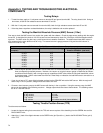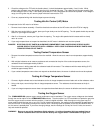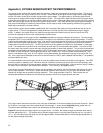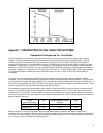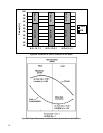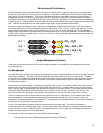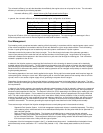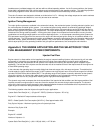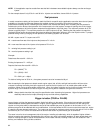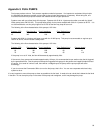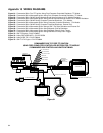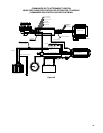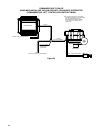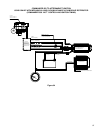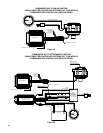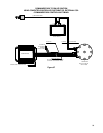82
NOTE: If the application requires a static flow rate that falls in between two available injectors always use the next larger
injector.
For the example above if only 25 Ib./hr. and 30 Ib./hr. injectors are available, choose 30 lb./hr. injectors.
Fuel pressure
In certain occasions matching of the injectors' static fuel flow for a specific engine application cannot be done due to injector
availability or the static fuel flow step between the available injectors is too large. Since the fuel injector is a
pressure/time-metering device, increasing the fuel pressure can increase the fueling level. Increasing the fuel pressure is
limited mainly to four factors: burst pressure of the components in the fuel system, increase of opening time of the injector,
reduced life expectancy of the fuel system components and limitations of the fuel pump. The maximum pressure for a TBI
injector is typically 30 psi. The maximum pressure for a MPFI injector is 65 psi. Reducing the fuel pressure to match the
required fuel flow can be done but lower fuel pressures affect the atomization efficiency of the fuel injector nozzle. To project
potential fueling levels by changing the fuel pressure, the following equation can be used:
M1/M2 = square root of P1 / square root of P2
M1 = rated mass flow rate of the injector at fuel pressure P1 in lb./hr.
M2 = new mass flow rate of the injector at fuel pressure P2 in lb./hr.
P1 = existing fuel pressure setting in psi
P2 = new fuel pressure setting in psi
Example:
Rated mass flow rate M1 = 30 Ib./hr.
Existing fuel pressure P1 = 43.5 psi
Required fuel mass flow rate M2 = 35 Ib./hr.
P2 = (M2/M1)
2
*Pi
P2 = (35/30)
2
*43.5
P2 = 59.21 psi = >60psi
To obtain a fueling level of 35 Ib./hr., the system pressure has to be increased to 60 psi.
After increasing the fuel pressure to obtain certain engine output, idle, off-idle, and light load condition will have to be
re-tested. Increasing the fueling level at the upper end, requires the fuel injector to run at smaller pulse widths at idle
conditions. When running at pulse widths smaller than 1.8 ms, the injector might be running in the non-linear portion of its
dynamic range. Such condition can lead to engine "hunting" during idle to hesitation during off-idle conditions.
NOTE: Always double check the fuel pump flow specification when increasing fuel pressure. Higher fuel pressures can
drastically reduce the fuel output, affecting the top end fuel delivery capabilities
Bigger is better (TRUE or FALSE)
Larger injector or higher fuel pressure results in higher fuel delivery to the engine. If the engine is an emission-controlled
lambda feedback closed looped controlled EFI engine, such an approach will only result in that the ECU will reduce the
injector on time (pulse width) to decrease the amount of fuel available per pulse to maintain an air/fuel ratio of 14.7:1. No
performance gains will be obtained with such modifications. In the case where the ECU cannot control the excess fuel, engine
or catalytic converter damage might occur. The system can be tuned for maximum power at an air fuel ratio of 12.6:1 or best
fuel economy at 15.4:1, but for A/F ratios below or above these values no performance gain is achievable.
The same is true for the air management side of the engine. Installing a throttle body, which is capable of higher airflow's
without increasing the breathing characteristics of the engine, can result in driveability problems. A larger throttle body may
cause air velocity changes or uneven flow distributions in the intake manifold, resulting in lean and rich variations in fuel
delivery and hesitation during off-idle conditions.



